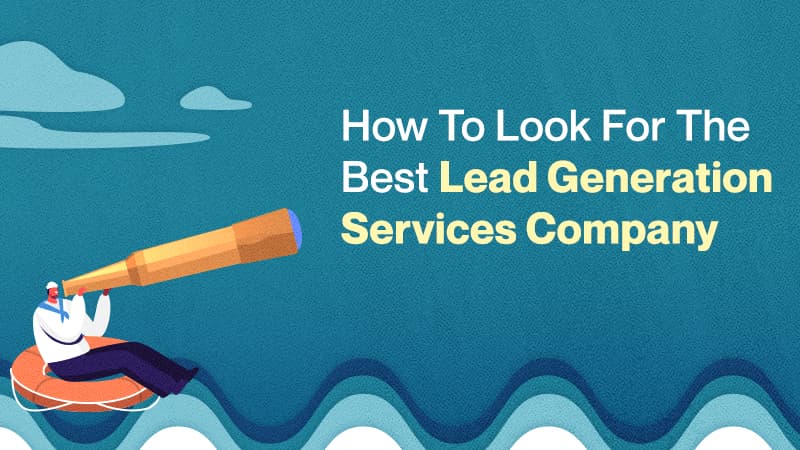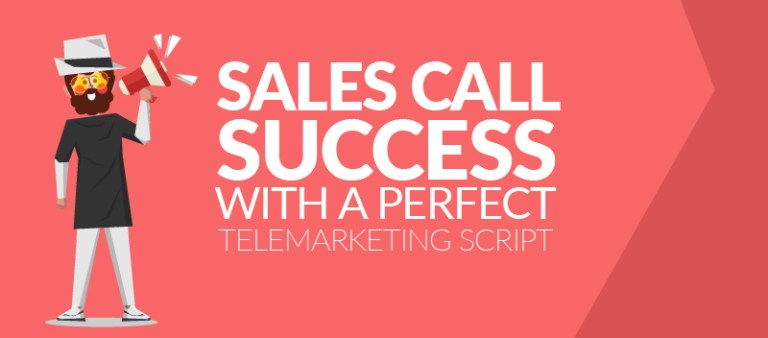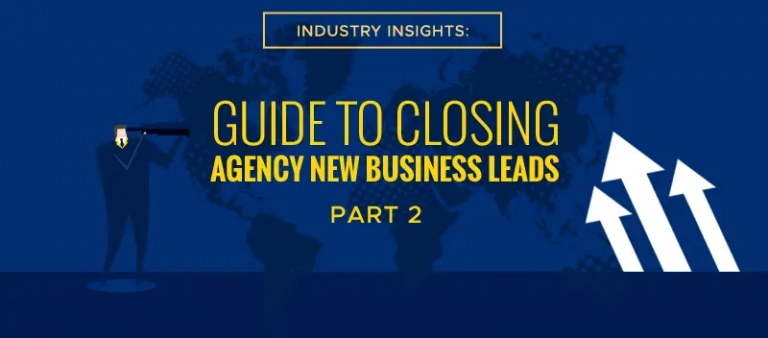At some point in time, you’ll eventually have to pitch to your prospects.
There are a lot of tips on how to create the best type of pitch, but we never deal with the ones to avoid.
In this guide, we take a look at the worst type of prospecting pitches out there and what we can do to avoid falling into their trap.
The Generic Pitch
Let’s start off with the most obvious nuisance in all of our inboxes: the generic pitch.
In the world of account-based marketing, specialized lead qualification, and hyper targeting, there is absolutely no excuse for a marketer not to add a little customization to the pitches that they’re sending out.
Nothing annoys prospects more than a pitch that wasn’t designed for their eyes only.
They automatically know that it’s a general pitch that could have been sent out to anyone, and it’s also a gigantic red flag that the organization behind the pitch doesn’t pay attention to detail.
Here’s the other problem with this type of pitch.
It doesn’t just hurt the campaign, but it also hurts the organization’s brand.
How to avoid this type of pitch: make sure that your pitch addresses a prospect’s individual needs or circumstances. Use personalization whenever you can.
The Immediate Pitch
An immediate pitch could still work in an elevator if you’re stuck with a superstar founder or growth hacker, or if you’re desperate for angel investment.
However, if you’re doing B2B lead generation or working with any industry that takes multiple touchpoints in a long sales cycle to convert, you’re only going to hurt your chances.
We see this all the time on social channels, most notoriously on LinkedIn. Someone sends you a connection request, and not even five minutes later, you get a message asking if you’re interested in “changing your industry” or “getting 10,000 leads tomorrow”.
What a lot of marketers forget is that they need to establish a certain level of trust before someone wants to do business with them. Remember that only 3 percent of customers trust their reps.
In B2C or retail, you could probably get away with an immediate pitch and some FOMO, but not in B2B.
You come off as someone who doesn’t want to take the time to understand your needs, is in a rush to make a quick buck, and treats you as a sale rather than a person.
Immediate pitches are frowned upon by any industry, and they can be severely damaging to any B2B campaign.
How to avoid this type of pitch: take your time to get to know a prospect before you even try to sell to them! Use sales discovery calls, do research about them, etc. a sale can happen organically if you plan it right.
The Long Pitch
There’s an unwritten rule in marketing, if you can’t explain in a sentence or less, you’re doing a bad job.
Long sales cycles or funnels are normal, but once you get to the pitch, make sure that you’re clear with what you have to offer and how it will help them.
You don’t have to summarize the contract for them during the pitch or even manage their expectations. But you do, however, have to make sure that they understand what’s in it for them quickly.
Longer pitches leave room for error, the goal is for swift conversion once they’re ready to buy.
How to avoid this type of pitch: keep things simple.
The Bossy Pitch
Nobody likes being told what to do and it’s the same with pitches on email, LinkedIn or any platform for that matter.
If you have wording such as “you should…” then you’re already off to a very bad start.
Nobody likes being told what to do, remember you’re requesting someone else’s time and consideration to spend their hard-earned money on your product or service, you can’t boss them around.
How to avoid this type of pitch: avoid the word “should”.
The Fake Demand Pitch
Although FOMO is acceptable in B2C and ecommerce, you should use it sparingly, especially when dealing with B2B industries that have longer sales cycles.
Fake demand is telling your prospects that something is limited or that they’re missing out on getting something if they talk to you today. The truth is they already know that if they don’t get on the bandwagon, you’ll probably send them another “special offer” in time.
How to avoid this type of pitch: learn to manage the sales cycle. If you’re in the middle of it, recognize that you won’t be able to sell.
The Me Versus You Pitch
People like talking about themselves. That’s normal.
However, you also need to understand that if you spend half the email talking about how your company has changed the lives of millions of people, you might end up boring the prospects
They don’t want to hear about you, they want to hear about themselves.
Marketers have to go beyond the “benefits” of their product and start talking about their clients and the industry.
How to avoid this type of pitch: don’t talk about the benefits of your product or services too much. Talk about solutions to common pain points – that don’t include your product, the industry in general, etc.
Marketers have to remember that a good pitch is the culmination of great lead nurturing. A lot of leads are wasted because of pitches that weren’t executed properly. Lead generation and nurturing all depends on how well you understand your prospects.




